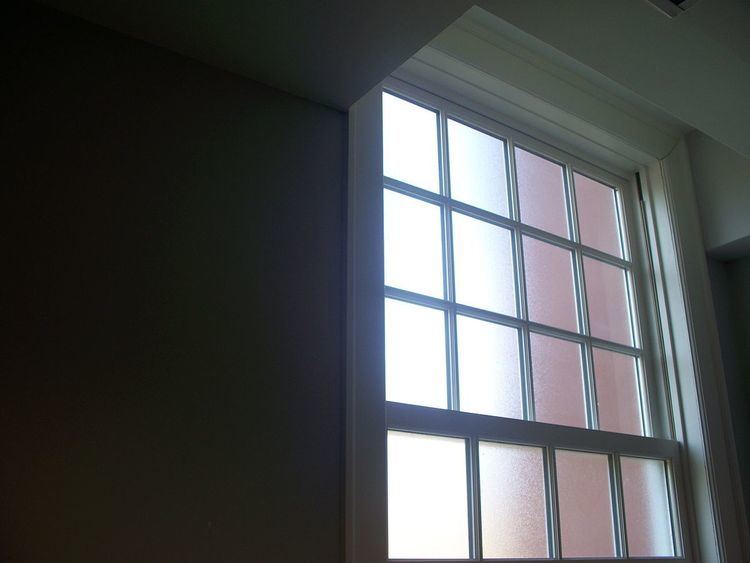 | ||
Frosted glass is produced by the sandblasting or acid etching of clear sheet glass. It has the effect of rendering the glass translucent by scattering of light during transmission, thus blurring images while still transmitting light.
Applications:
The frosted glass effect can also be achieved by the application of vinyl film, used as a sort of stencil on the glass surface. "Photo-resist", or photo-resistant film is also available, which can be produced to mask off the area surrounding a decorative design, or logo on the glass surface. A similar effect may also be accomplished with the use of canned frosted glass sprays.
References
Frosted glass Wikipedia(Text) CC BY-SA
